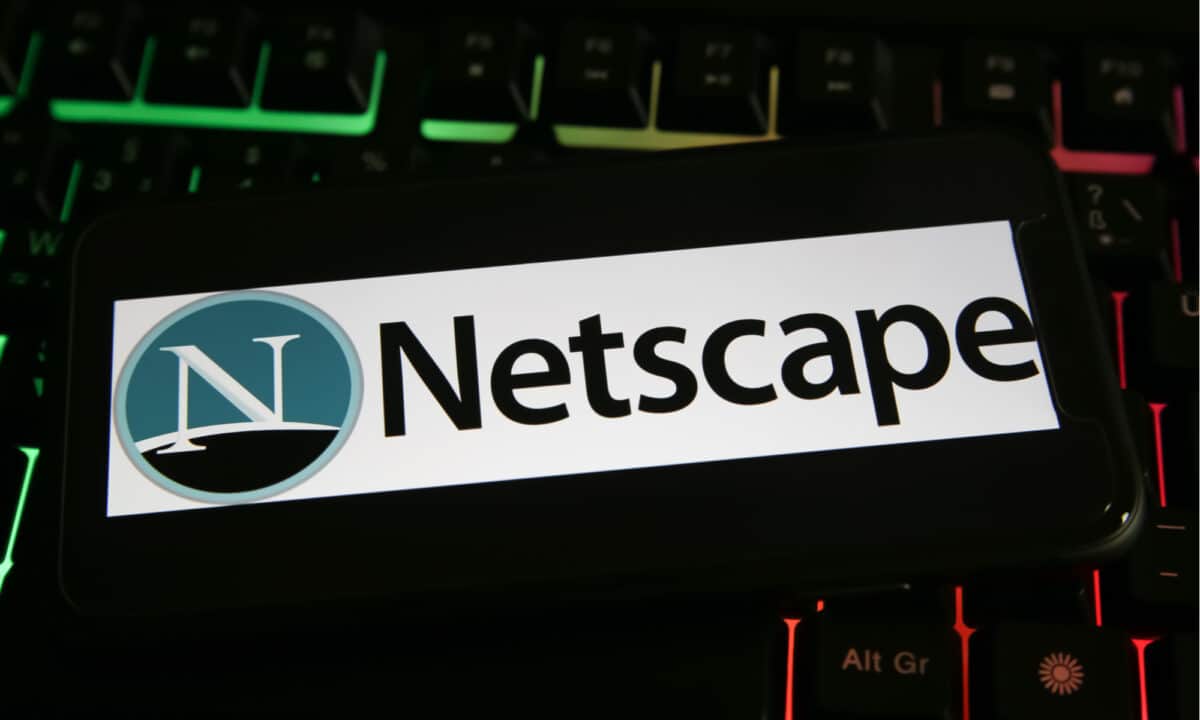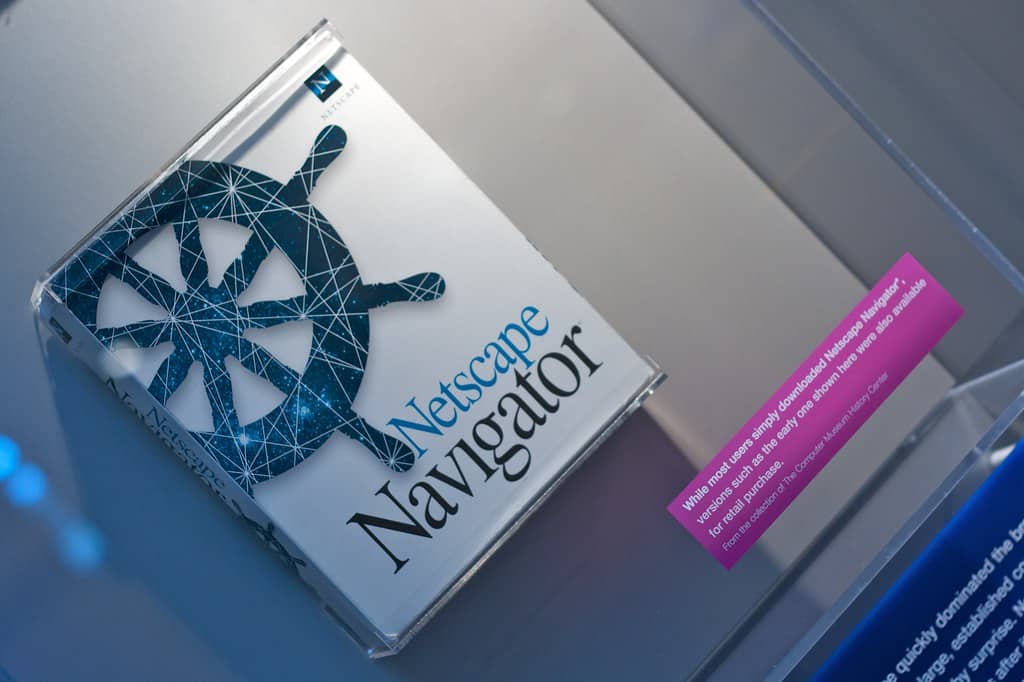You might find yourself curious as to what browser wars even mean. That’s fine and dandy, and the subject of today’s brief retrospective. This is one of the most pivotal moments in computing, and paved the way for some things that still through in the modern era. Let’s look at the participants and the lasting effects felt to this day.
The Browser Wars

Starting in 1995, the World Wide Web began experiencing a moment in pop culture. Companies and hobbyists sprung up with websites. The more tech-savvy teens and kids started learning HTML to make their sites, and there was a sudden deluge of information.
However, that is where the browser wars truly start. You need a web browser to access the web, unless you were stuck using something like a command line terminal. In 1995, that meant you were either looking at Netscape Navigator or Microsoft Internet Explorer.
Competition Breeds Innovation
The opening salvos of the browser wars saw some true innovations in the web standards that still hold true to this day. Microsoft Internet Explorer was the first true browser to support cascading style sheets, or CSS, something that is prevalent in modern web design nearly 30 years later.
Netscape Navigator wasn’t far behind. While it lacked the feature set of Microsoft Internet Explorer, it had more than its share of users. An estimated 75% of internet browser usage was given to Netscape Navigator shortly after its release.
The Aftermath

Marc Andreessen changed the name of Mosaic to Netscape due to NCSA claiming theft.
While innovation is great, there were some real lasting implications on the whole. 1998 saw the United States pursuing an antitrust case against Microsoft. It was argued that Microsoft was engaging in unlawful practices when competing with Netscape.
It was all for naught, however, as AOL purchased Netscape for a cool $4.2 billion in 1998. By 2001, the browser wars were settled, with Microsoft Internet Explorer being the dominant web browser for over 96% of users on the web.
Conclusion
The browser wars were a heated, albeit short-term exchange. Lasting a mere six years, that seems like a lifetime in software development, especially given the fast-paced backdrop of the mid to late 1990s. However, Netscape might have disappeared, but they weren’t truly gone. 2001 saw the company open-sourcing its web browser code.
The resulting foundation that sprung up in its wake is still a major contender in current browser wars. Mozilla carries forward the torch that Netscape once held, but you’d be hard-pressed to find someone running Microsoft Edge. More often than not, they’re using Chrome.
Still, we can thank both companies for the introduction of more robust HTML standards, CSS for design purposes, and the ever-present need to meet customer demands for what a web browser should be.
The image featured at the top of this post is ©"Boxed Netscape Navigator" by Marcin Wichary is licensed under BY 2.0..

